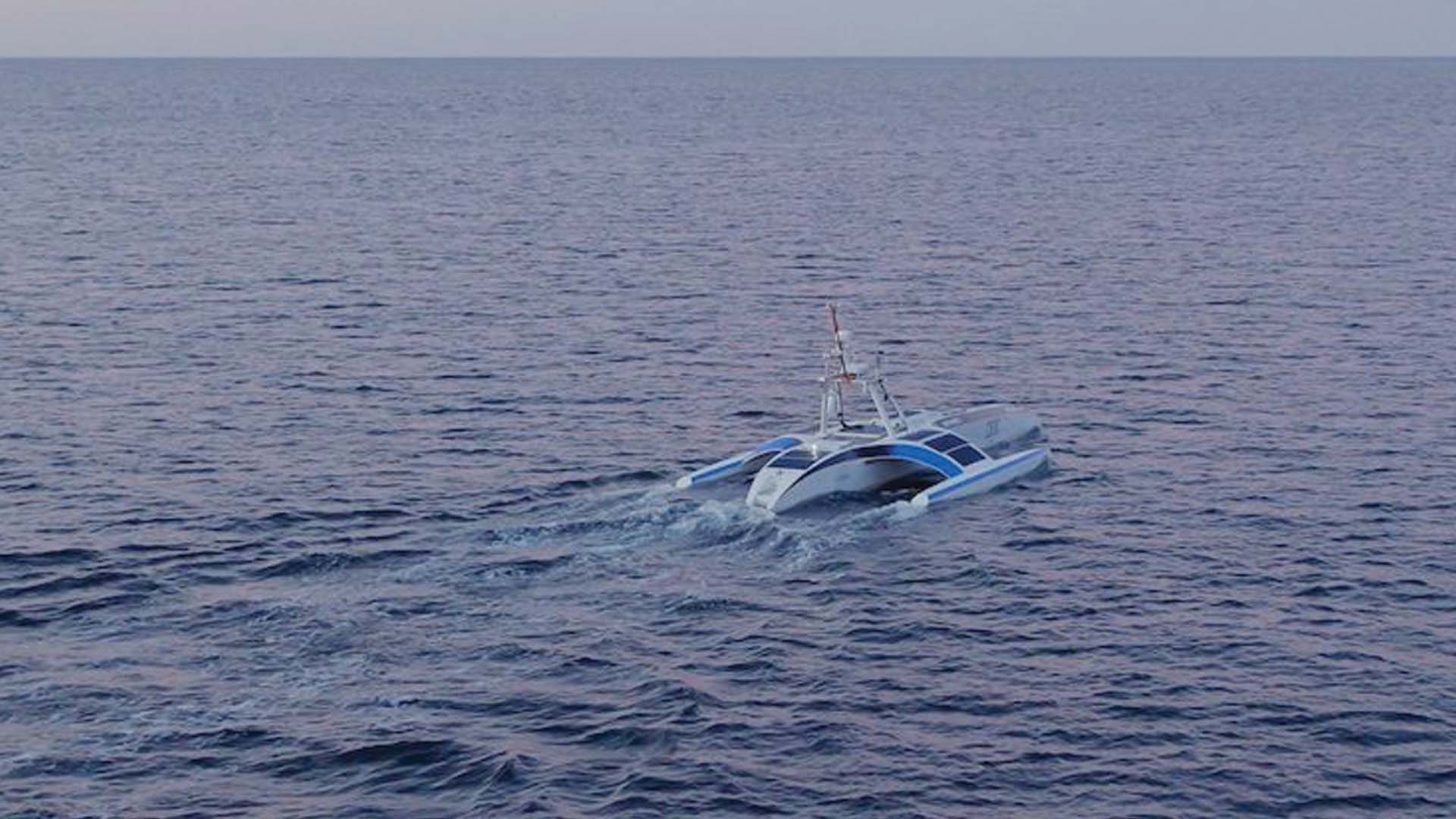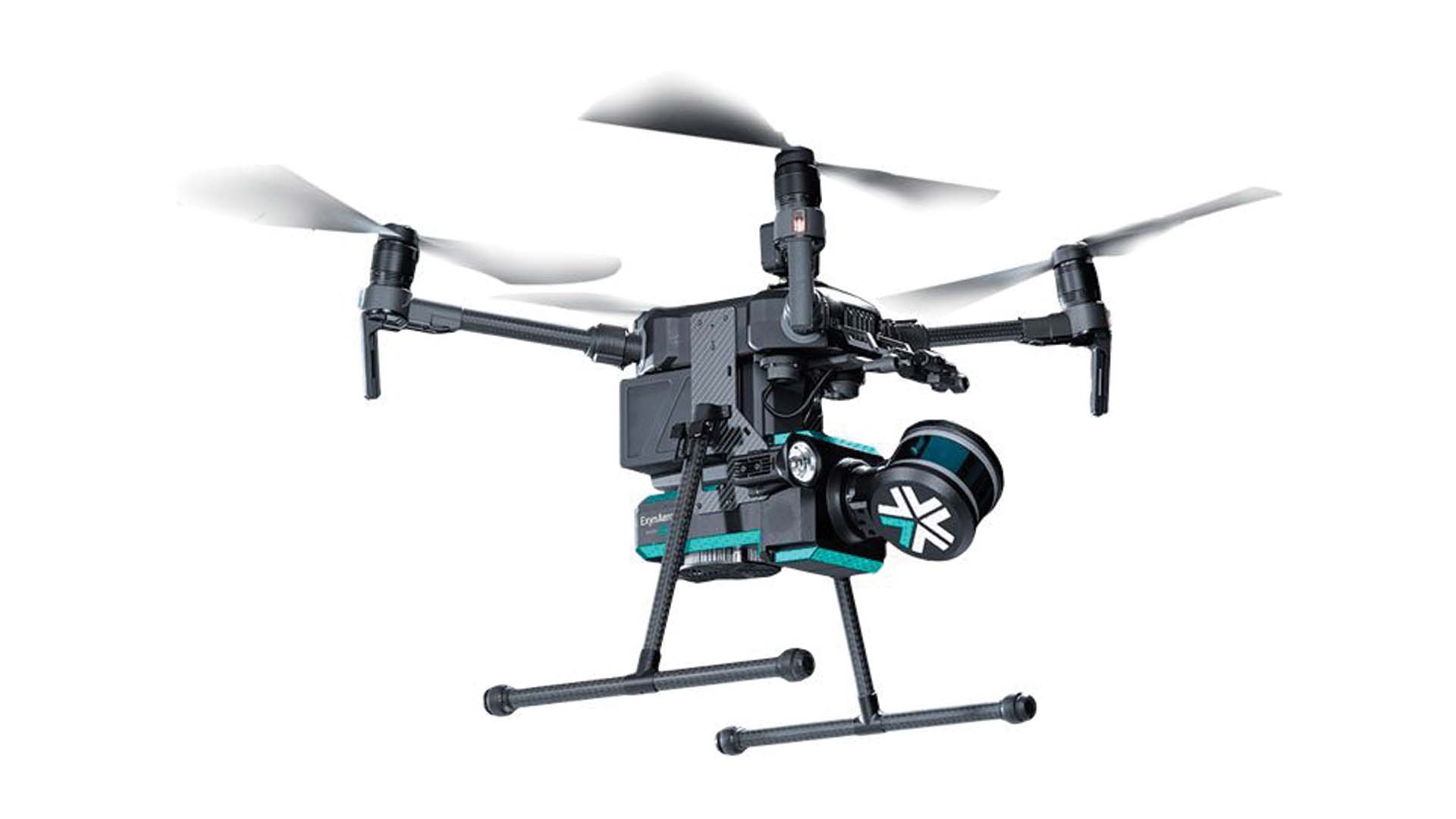You’re likely familiar with self-driving cars and the impact that they could have on the transportation industry. However, other industries are beginning to experiment and use autonomous vehicles as well. These developments have the chance to shift the entire industries and the world as we know it.
Ships

An autonomous ship with software developed by IBM set sail across the Atlantic Ocean from the UK in June 2021 with the goal to reach the United States in three weeks. The ship, appropriately called the Mayflower Autonomous Ship (MAS400) after the Mayflower’s 400th anniversary, covered 450 nautical miles in three days unmanned until it lost power and speed and needed to turn back. The issue was caused by a fracture between the generator and the exhaust system.
The ship is an artificial intelligence, solar-powered marine research vessel which was created to collect environmental data on issues like global warming and marine mammal conservation. The ship uses radar and GPS to navigate, and it has six cameras attached to the mast that feed into an AI image recognition system that helps it avoid oncoming ships and other hazards. Despite its setback, researchers are pleased with its successful assessment of the environment and avoidance of hazards. The Mayflower will re-attempt to cross the Atlantic again in the summer of 2021.
Another success in the autonomy of ships took place in July 2021 with Saildrone’s Sildrone Surveyor. This autonomous vessel is mostly powered by wind and solar energy, and it successfully sailed from San Francisco to Honolulu autonomously. The vessel was created for ocean mapping; the sensors look at underwater ecosystems and map the seafloor to a depth of 23,000 feet. Saildrone intends to map the entirety of Earth’s oceans in 10 years—80% of which is currently unmapped.
While these autonomous ships and the similar ones in research do not carry passengers or cargo (the primary need for the shipping industry), their success and innovation are a preview into the exciting future of ship autonomy.
Planes
Autonomous planes are also beginning to come onto the scene. Xwing, an autonomous flight company, completed its first flight from gate to gate in a Cessna Grand Caravan 208B in February 2021. The company’s ultimate goal is for passenger flight, but delivery and transport of cargo must come first until the Federal Aviation Administration deems the planes completely safe.
The autonomous flight startup Merlin Labs has also been creating autonomous planes and has conducted test flights ranging from 10 minutes to several hours in three different types of planes. These flights have all had a safety pilot on board, but Merlin is eager to start loading packages onto the autonomous planes.
The main benefit to autonomous planes, especially for shipping, is a massive cost reduction. Without the need for an aircrew, which includes costs for training, employing, and lodging workers, Merlin estimates that they can save up to $180,000 to $6 million over the lifetime of a plane. Furthermore, autonomous planes prevent the issue of pilots and crew getting stuck in other cities. There can also be as many flights as they want at odd hours, not having to abide by worker hours or coordinated schedules.
Drones

Photo Credit: Exyn
Drones are already the subject of controversy with concerns such as safety, privacy, and anonymity. With the addition of autonomous drones, these problems remain. Exyn Technologies achieved the highest level of autonomy ever at a level 4A. This is two levels short of full autonomy and enables sophisticated transport, security, delivery, inspection, and research tasks. This means that the drone is self-reliant for open-ended exploration and does not require any human interaction during the flight. With this level of autonomy, the operator gives the drone extremely high-level mission parameters, and the drone can figure out how to fly itself.
This level and this drone are ideal for routine inspection tasks like inspecting a bridge for damage. The operator simply instructs the drone what the bridge is in between and what it vaguely looks like, and the drone can figure out how to cover the bridge completely, know when it is done, and return.
This drone adds to the existing controversy because of its increased ability for surveillance and the possible misuse of this power. Its advanced technology has a greater ability to help society, but it should be examined with caution.
Trucks

Photo Credit: Caterpillar
While autonomous cars are still not ready for the road, autonomous trucks have made a huge impact on the mining industry. Caterpillar’s autonomous trucks work autonomously in the mines—as of May 2021, they safely hauled over 3 billion tonnes of material. The trucks work 24/7, obey the rules of the road, and perceive the environment far enough ahead so that the truck can stop in advance.
The trucks are equipped with GPS and radar as well as LiDAR sensors which gives them their “eyes”. This also allows them to see far and see through rain, snow, and dust.
These trucks automate the operation, increase productivity, and reduce the risk of injuries at mine sites by minimizing the number of people around the mining equipment. The success of these trucks in mining truly shines a light on the exciting future of autonomy.
Watch autonomous trucks in action on Tomorrow’s World Today’s “Empty Driver’s Seat” premiering on August 14 at 8:30 am EST on the Science Channel and August 15 at 6:30 am on the Discovery Channel.




